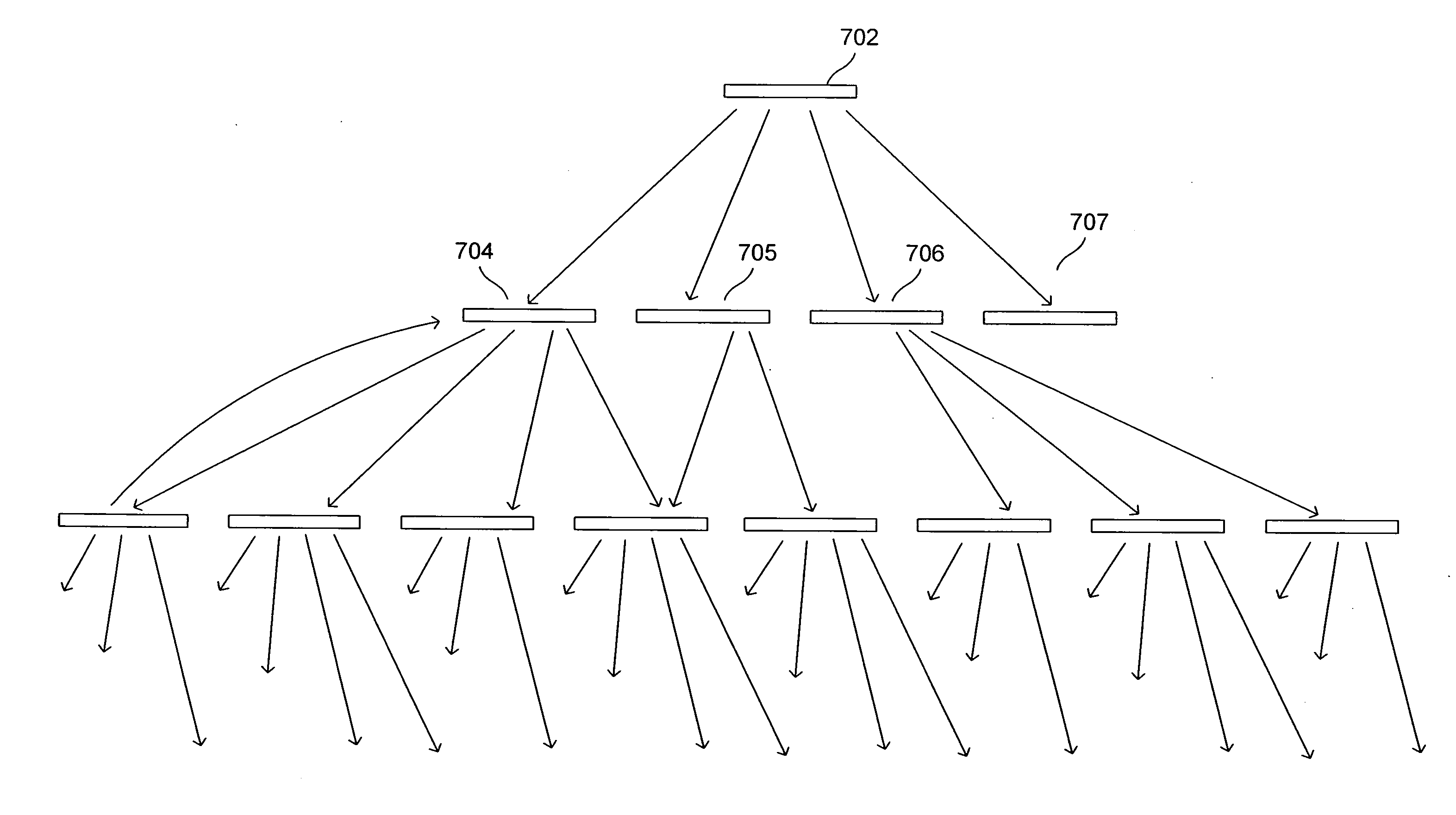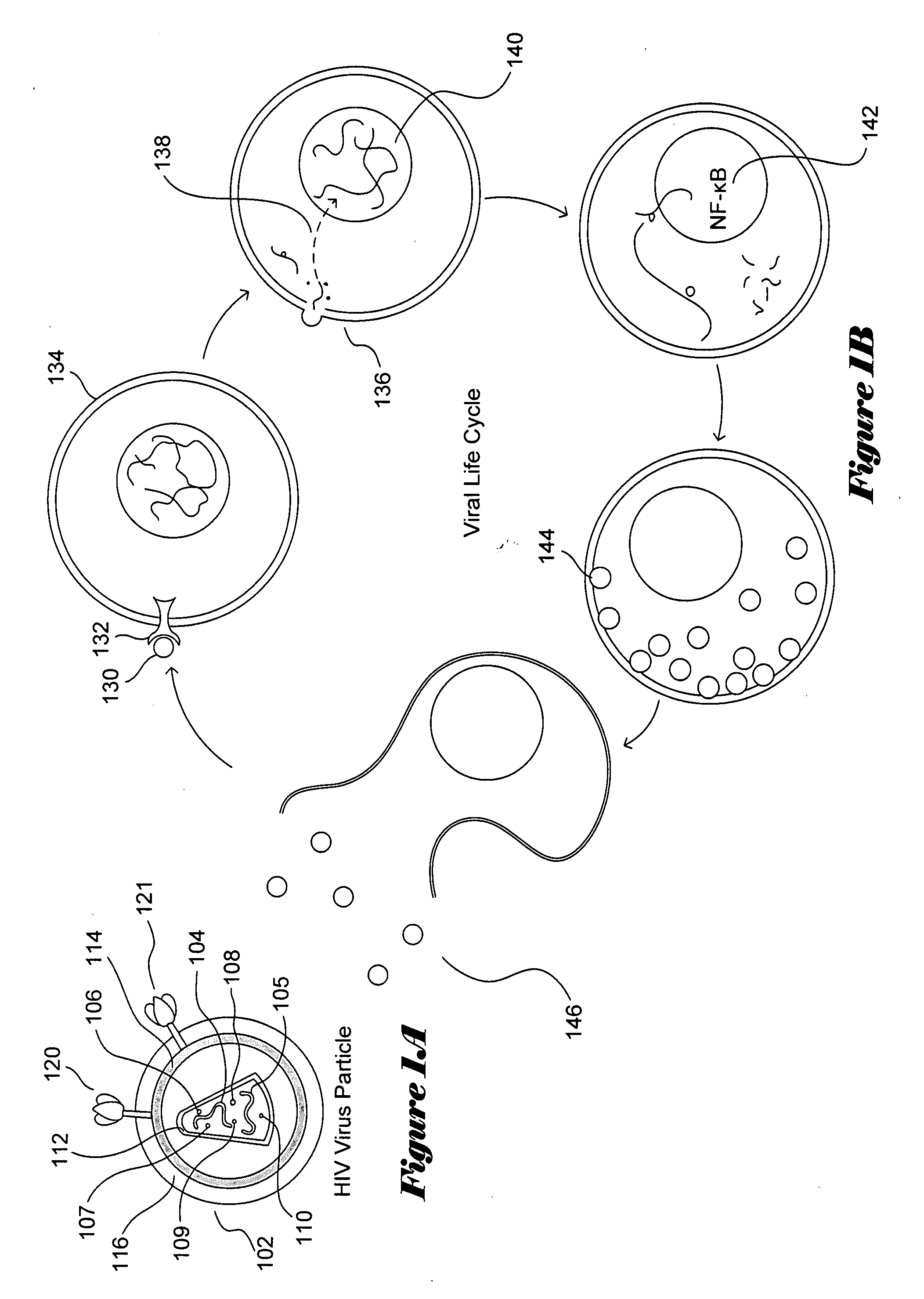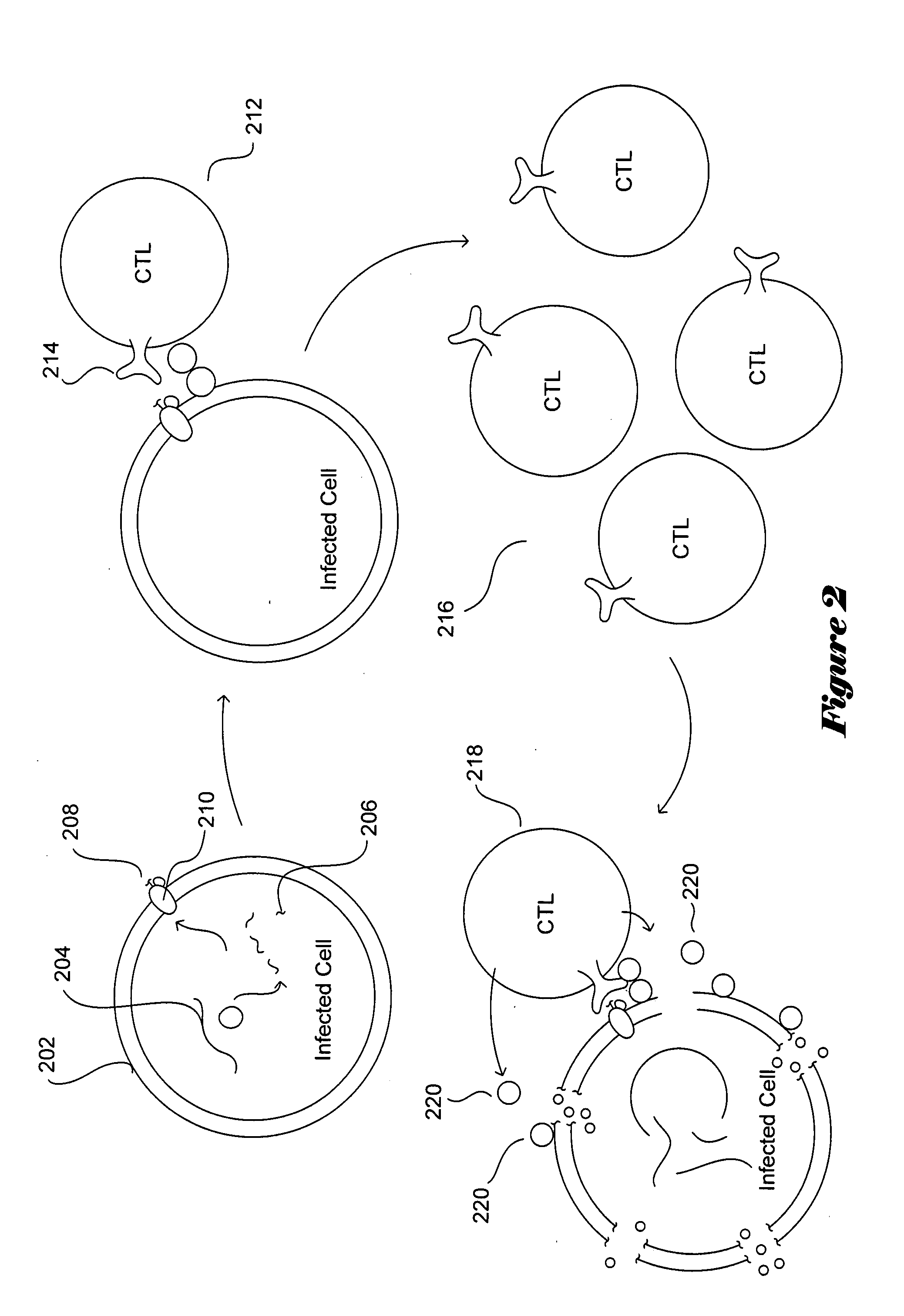Conserved-element vaccines and methods for designing conserved-element vaccines
a vaccine and conserved element technology, applied in the field of conserved element vaccines, can solve the problems of many years of research and development efforts that have so far failed, and the human infection with hyv is a severe and continuing health risk in the world, and achieves the effects of reducing the risk of infection, and improving the safety of patients
- Summary
- Abstract
- Description
- Claims
- Application Information
AI Technical Summary
Benefits of technology
Problems solved by technology
Method used
Image
Examples
Embodiment Construction
[0018]The present invention is directed to conserved-element vaccines and methods for designing and producing conserved-element vaccines. In the following discussion, an embodiment of the present invention directed to CEVac vaccines directed to HIV is discussed. However, it should be noted that the present invention is applicable to designing and producing recombinant, synthetic, and DNA vaccines directed to any of a large number of pathogen targets for use in any of a large number of animal and human hosts.
HIV
[0019]FIGS. 1A-B illustrate the HIV viral particle and the HIV viral life cycle, respectively. The HIV viral particle 102 is about 120 nanometers in diameter and is roughly spherical. The HIV viral particle includes two copies of positive, single-stranded viral RNA 104-105 that encodes the nine HIV viral genes, as well as enzymes 106-110 needed for viral integration and replication, including reverse transcriptase, a protease, and an integrase. The RNA and enzymes are enclosed...
PUM
| Property | Measurement | Unit |
|---|---|---|
| diameter | aaaaa | aaaaa |
| length | aaaaa | aaaaa |
| threshold frequency | aaaaa | aaaaa |
Abstract
Description
Claims
Application Information
 Login to View More
Login to View More - R&D
- Intellectual Property
- Life Sciences
- Materials
- Tech Scout
- Unparalleled Data Quality
- Higher Quality Content
- 60% Fewer Hallucinations
Browse by: Latest US Patents, China's latest patents, Technical Efficacy Thesaurus, Application Domain, Technology Topic, Popular Technical Reports.
© 2025 PatSnap. All rights reserved.Legal|Privacy policy|Modern Slavery Act Transparency Statement|Sitemap|About US| Contact US: help@patsnap.com



